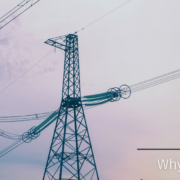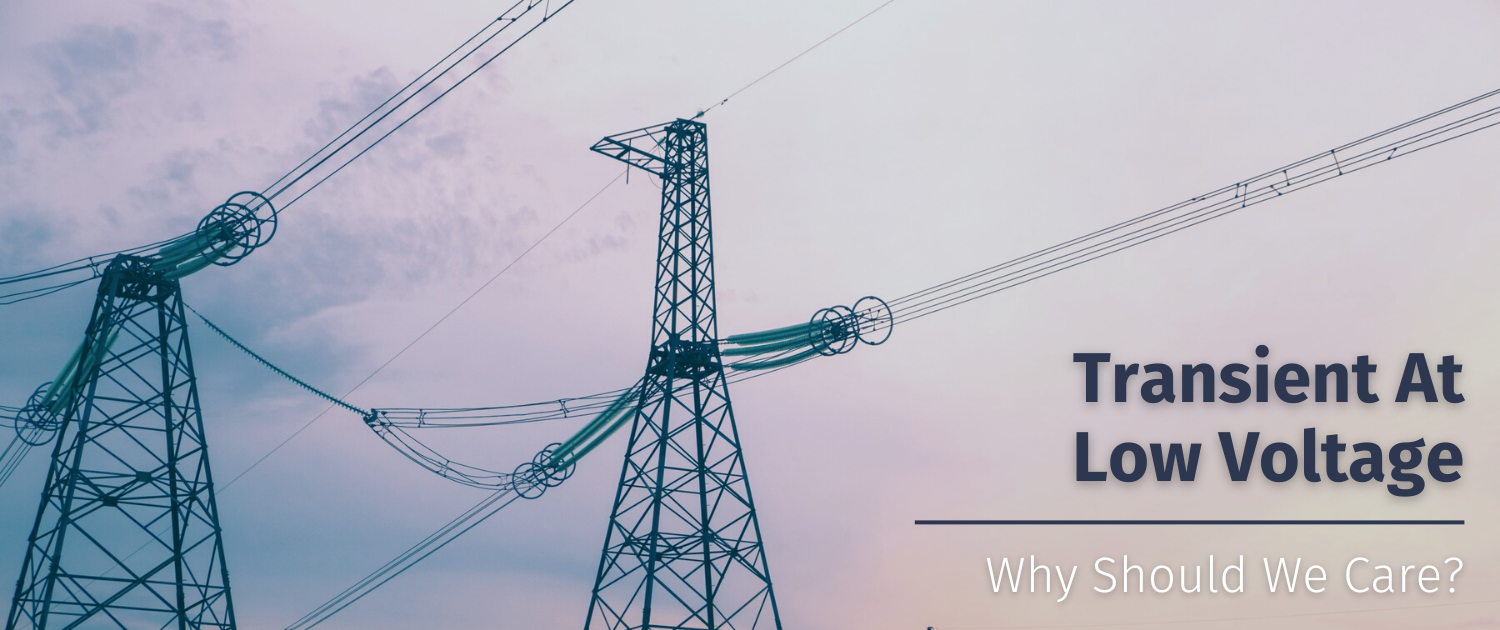Transient Voltages at Low Levels: Why Should You Care?
What are Transients?
Known more familiarly as power spikes or surges, transient voltages are momentary changes in voltage or current that occur over a short period of time, usually lasting only fractions of a second. But these “blips” can have a big impact. In fact, transient activity is believed to account for around 80-percent of all electrically-related downtime. Transients can be oscillatory, where there are voltage swings above and below the normal line voltage, or impulse transients, where there’s one quick pulse above the normal line voltage—such as the case with a lightning strike.
Lightning is the transient source people usually think of first. Transients caused by lightning are seldom a direct hit, but rather a lightning strike near a power line that creates discharge. Normal utility operations can create transients as well during the switching of facility loads or capacitor banks, tap changing on transformers, poor or loose connections, high winds, even static electricity in very dry climates.
Transients can even be generated by the powering off and on of equipment in your home or business–photocopiers, laser printers, compressors, generators, and other motors, overloading a circuit, and defective wiring.
While high-intensity power surges are rare, most heavy-duty appliances like refrigerators and air conditioners create low-level surges every day. Although the damage may not be immediate, over time these minor surges can impact the general functionality, performance, and lifespan of that electrical equipment.
Read More: Power System Transient Studies using EMTP-RV
Why do we need protection from transients?
The problem with transients is that they can negatively impact any connected electrical equipment and ultimately cause them to fail or work improperly. Motors run hot, fail prematurely, and produce additional transients in the process. Light bulbs run hotter, less efficiently, and fail early. Black rings at the end of fluorescent tubes are a clear sign of transient activity. While replacing light bulbs may not seem like a major expense or inconvenience, replacing your HVAC system or new pool system certainly are.
For this reason, electricians recommend including surge protection as part of any HVAC or pool/spa installation along with a whole house surge protector.
Also Read: Prepare For Power Surges Says Electricity Providers
What is the potential benefit of a properly selected and installed SPD?
Don’t let transient power spikes get the best of you and cost you thousands of dollars. Today’s surge protectors can mitigate both high-amplitude transient voltages and the ever present low-level transient voltages. The most effective solution is a whole house surge protector that protects the circuits directly at the electrical panel. A whole house surge protector will help protect your electronics from internal and external power surges and can double or triple the life of electrical and electronic equipment.
Protecting your entire home with a properly installed surge protection device can:
- Prevent damage to your electronic devices
- Prevent high-intensity power surges which can cause destructive fires by regulating the passage of surplus voltage
- Protect devices from the internal power surges which happen daily, prolonging their lifespan
- Save you the cost of replacing expensive equipment that becomes damaged by transients. Whole house surge protectors are a cost-effective solution.
No matter how good, surge protectors don’t last forever, particularly with high surge activity, and may need to be replaced periodically. Look for a protector that has some way of alerting you that it has failed (usually referred to as “fault identification”), such as an indicator light or audible alarm, and is no longer protecting the connected equipment. When this happens, the protector should be replaced.








